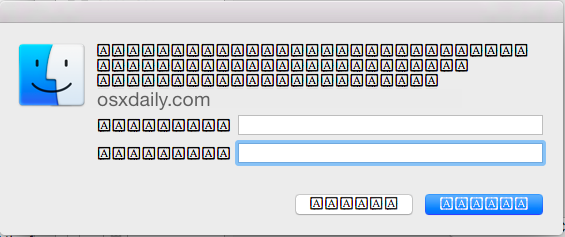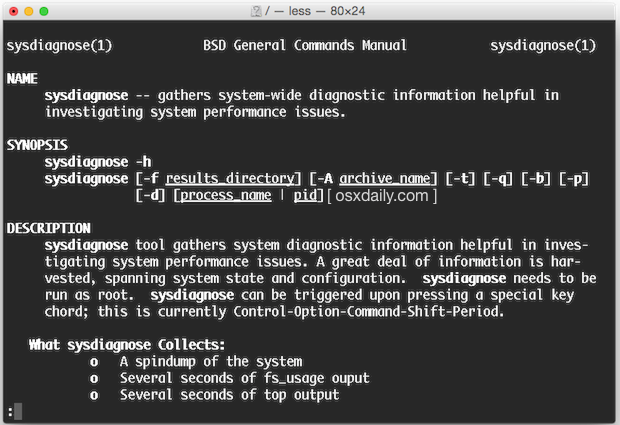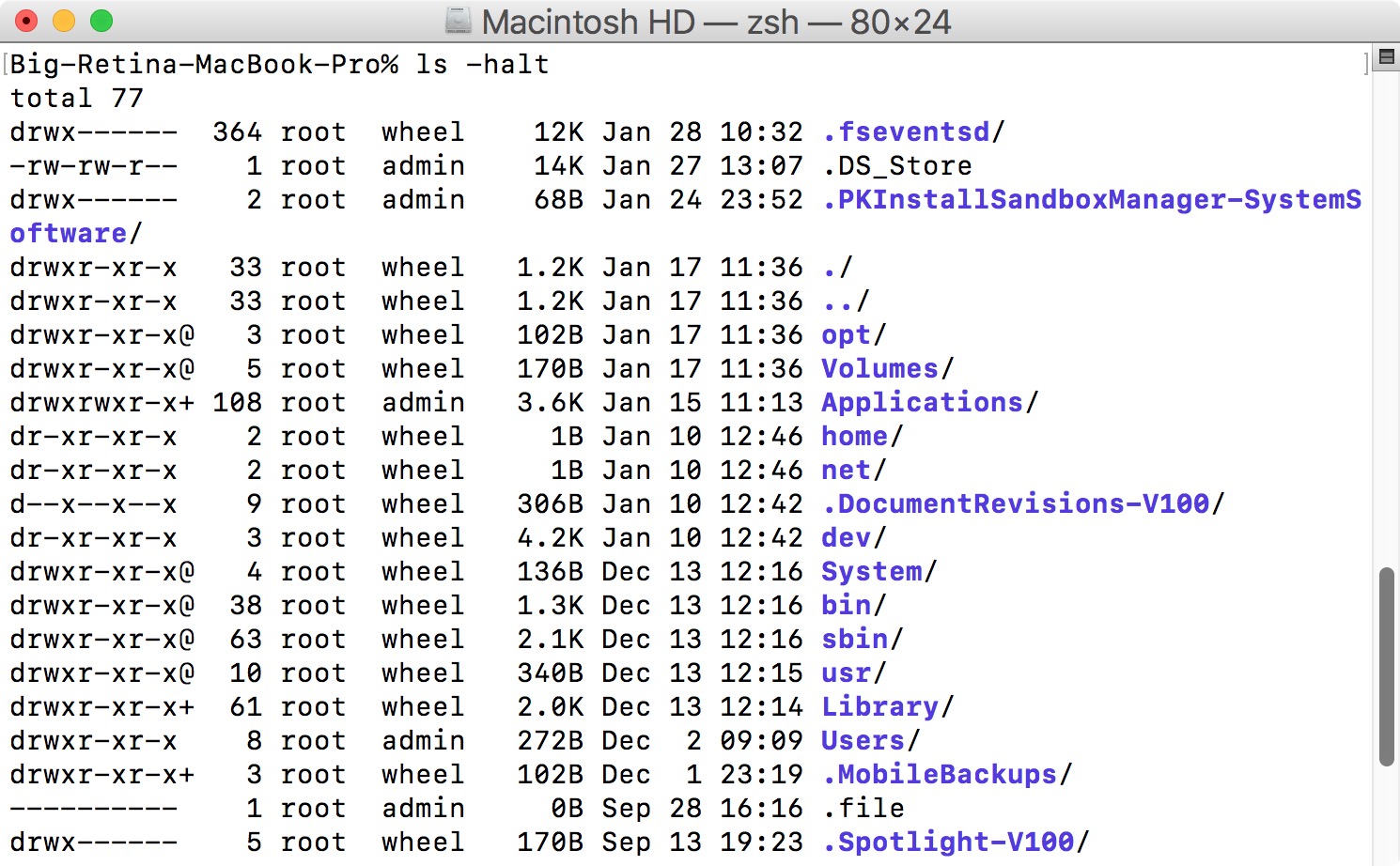When you turn on your Mac, the first thing that it does (after the hardware tests) is to check for a startup disk with Mac OS 9 or X on it. If your system doesn’t find such a disk on your internal hard drive, it begins looking elsewhere — on a FireWire or Universal Serial Bus (USB) disk or on a CD or DVD.
- Macbook Troubleshooting Guide
- Troubleshooting Mac Os
- Troubleshooting Wifi Mac Os X
- Troubleshooting Macos Install
If your Mac can’t find your hard drive (or doesn’t find on it what it needs to boot OS X), you encounter a flashing-question-mark icon or the prohibitory sign.
Create a new user account and shutdown from there. Log out of Mac OS and log back in as the newly created user. From the Apple menu (or by using the power button on your Mac), choose Shut Down and see if it works! If it still doesn’t work, then it points to some system-wide issue that is. Use Mac’s Safe Boot Option. One of the easiest and most straightforward methods to diagnose. For Mac OS X, The “X” refers to the Roman numeral, which signifies that it is the tenth version of this operating system. Mac OS X Troubleshooting Guides Mac OS X: Badly Behaving Flash; Fixes. Troubleshooting Handbook for Mac OS 8.5 Apple Computer, Inc. on Amazon.com.FREE. shipping on qualifying offers. Troubleshooting Handbook for Mac OS 8.5.
If you encounter any of these warning icons, go through the following steps in the order listed, starting with Step 1. Then, if one doesn’t work, move on to the next.
Step 1: Run First Aid
In most cases, after you’ve booted successfully from the OS X CD, the first logical troubleshooting step is to use the First Aid option in the Disk Utility application.
Every drive has several strangely named components such as B-trees, extent files, catalog files, and other creatively named invisible files. They’re all involved in managing the data on your drives. Disk Utility’s First Aid feature checks all those files and repairs the damaged ones.
Here’s how to make First Aid do its thing:
1. Boot from your Mac OS X CD by inserting the CD and restarting your Mac while holding down the C key.
The OS X Installer appears on your screen.
2. Choose Installer –> Open Disk Utility to launch the Disk Utility application that’s on the CD.
3. When the Disk Utility window appears, click the First Aid tab to select that function of Disk Utility.
4. Click the icon for your boot hard drive at the left of the Disk Utility window.
Your boot drive is the one with OS X and your Home folder on it.

5. Click the Repair Disk button.
Your Mac whirs and hums for a few minutes, and the results window tells you what’s going on. Ultimately, First Aid tells you (you hope) that the drive has been repaired and is now okay. If so, go back to work.
6. Quit Disk Utility by choosing Disk Utility –> Quit Disk Utility or by pressing Command+Q.
7. Reboot without holding the C key down.
If First Aid finds damage that it can’t fix, a commercial disk-recovery tool may be able to repair the damage.
If everything checks out with First Aid, eject the CD and try to boot from your hard drive again.
Step 2: Safe Boot into Safe Mode
Booting your Mac in Safe Mode may help you resolve your startup issue by not loading non-essential (and non-OS X) software at boot time. You do it by holding down the Shift key during startup.
Keep holding down Shift until the Finder loads completely. If your Mac is set up so that you don’t have to log in, keep pressing the Shift key until the Finder loads completely. If you do log in to your Mac, type your password as usual, but before clicking the Log In button, press the Shift key again and hold it until the Finder loads completely.
You’ll know you held the Shift key long enough if your Startup Items don’t load (assuming that you have Startup Items; you can create them in the Accounts System Preference pane, although some programs create them for you).
Booting in Safe Mode does three things to help you with troubleshooting:
- It forces a directory check of the startup (boot) volume.
- It loads only required kernel extensions (some of the items in /System/Library/Extensions).
- It runs only Apple-installed startup items (some of the items in /Library/Startup Items and /System/Library/Startup items). Note that the startup items in the Library folders are different from the Startup Items in the Accounts System Preference pane.
Taken together, normally these changes can work around issues caused by software or directory damage on the startup volume.
Some features, such as DVD Player, do not work in Safe Mode. Use Safe Mode only if you need to troubleshoot a startup issue.
If your Mac boots in Safe Mode, you may be able to determine what is causing it — usually a damaged Preference file (in Home/Library/Preferences) or one of your Startup Items (in the Accounts System Preference pane).
Step 3: Zapping the PRAM
Sometimes your parameter RAM (PRAM) becomes scrambled and needs to be reset. PRAM is a small piece of memory that’s not erased or forgotten when you shut down; it keeps track of things such as printer selection, sound level, and monitor settings.
PRAM stores these settings:
- Time zone setting
- Startup volume choice
- Speaker volume
- Recent kernel panic information, if any
Macbook Troubleshooting Guide
DVD region setting
To reset your PRAM, restart your Mac and press Command+Option+P+R until your Mac restarts itself. You may see the flashing question mark or spinning-disk cursor — then the icon disappears, and your Mac chimes again and restarts. Most power users believe you should zap it more than once. Now restart your Mac without holding down any keys.
Remember that your chosen startup disk, time zone, and sound volume are reset to their default values when you zap your PRAM. So after zapping, open the System Preferences application to reselect your usual boot disk and time zone and set the sound volume the way you like it.
Step 4: Reinstalling OS X
Reinstalling the system software last takes the longest and is the biggest hassle. If you’re still unsuccessful, you’ll have no choice but to consider Step 5.
Step 5: Take your Mac in for repair
If none of these suggestions work for you and you’re still seeing anything you shouldn’t when you start up your Mac, you have big trouble.
You may have any one of the following problems:
- Your hard drive is dead.


- You have some other type of hardware failure.
- All your startup disks and your system-software CDs are defective (unlikely).
The bottom line: If you still can’t start up normally after trying all the cures here, you almost certainly need to have your Mac serviced by a qualified technician.
Troubleshooting Mac Os
This article covers 10 handy tips that can quickly help you handle most of the problems that OS X users encounter.
Although it is appreciated for stability, but like other operating systems, Mac OS X is not entirely 'immune' to problems - especially when users install many other applications.This article covers 10 handy tips that can quickly help you handle most of the problems that OS X users encounter.
1. Force the application to exit
In the event that an application crashes, it is almost impossible to receive control commands in the window. Then you have only one option to force it to exit and then turn it back on. To do so, you can press Command + Alt + Ecs to open the Force Quit window (almost Windows Task Manager) and then select the application and press Force Quit . Alternatively, you can hold Alt , right-click on the app's icon that hangs on the Dock and select Force Quit .
After the application has exited, run again to check the stability. If the device still crashes, the possibility of this software is not compatible with the version of OS X you are using. Especially, Mac OS X's Force Quit feature is much more stable and efficient than Windows and also causes less trouble for you to restart the computer.
2. Fix errors related to Software Update
Mac OS X includes Software Update tool that allows automatic updating of supported applications. You can run Software Update from the Apple icon on the toolbar or access System Preferences . If this important tool of OS X gives an error message, you most likely have to check for and correct access-related errors (Permission). OS X itself has a system of permissions that regulates which files users can access. If the system fails, it will cause a chain malfunction for OS X applications - starting with Software Update, because it cannot run or install a new application.
To perform the check / edit Permission, open Applications >Utilities >Disk Utility and select the system drive (default name Macintosh HD), click the Repair Disk Permission button. After the test is complete, try running Software Update again. In most situations, this process helps correct errors. In fact, during the use of Mac, Permission fixes can also be viewed as system maintenance operations and should be done periodically.
3. Open the file using the specified application
If you get an error message that cannot open a file, but know that another application can open the file, hold Command + Alt and drag the drop file into the corresponding icon of the application (can be dragged into icons both on the Dock or in the Finder at will. This forces the application you choose to open the file; You can even force any application to try to open certain files even if they are not ' friends '.
Another option is to click on the file you want to open, right-click and select Get Info (or use Command + I ), then select Open With and specify the application from the drop-down menu. You can set the application to be the default to open files of the same type by clicking the Change All button.

4. Empty the hard drive and increase RAM
After a while of using it, if you feel that your Mac is slow and requires more time to complete basic tasks, try checking your hard drive for available space (open the Get Info window as mentioned in section 3). If the space is less than 20%, you should conduct cleanup.
Troubleshooting Wifi Mac Os X
First, check the trash bin of OS X (Trash). In fact, many users switch from Windows to Mac, accidentally ignoring the fact that OS X can only transfer files to the trash when you delete in the Finder, but not completely like Windows Explorer. Many people are surprised that after a few months of use, the hard drive only has 0 bytes left and thinks that Mac has a problem.
Besides cleaning up Trash, common tricks like burning optical disc, replacing the hard drive, buying an external drive . should also be done. IPhoto, iTunes applications themselves also have a large database. In addition to moving objects out, you can even transfer the library to an external drive (of course some small tricks).
Finally, consider upgrading RAM as much as possible. With the current OS X, the 4GB level is quite enough (not to say redundancy) with applications. If you regularly handle movies or 3D designs, you may need 8GB or more.
5. Release the optical disc stuck in the SuperDrive
If your optical disc is not removed from the SuperDrive by the Mac, try restarting the device and holding down the left mouse button to force all optical drives to release the disc. Alternatively, you can open Terminal ( Applications >Utilities >Terminal ) and then enter the command: drutil tray open , then press Enter .
Another situation is that external drives (both hard drives, memory cards, iPhone, iPods) cannot disconnect to allow you to unplug from USB, Firewire or Thunderbolt. In this case, it is best to turn off the computer, remove the device and then restart. This process helps the system to return to normal operation.
6. Find the lost file
Most users tend to organize documents into different folders on the Mac. However, after a while, when the number of files as well as folders has exceeded the threshold of a few thousand, finding an object located somewhere becomes . impossible. Fortunately, OS X's Spotlight search feature is effective. Its icon is present in many locations in OS X (usually in the upper right corner of the screen). You click on it and enter the information (can be part of the file name or content inside) and then use the filter (limit the search area, file type .).
In the Finder, you can use Command + F to activate a search, while Command + Spacebar will open Spotlight from anywhere. In addition to searching, Spotlight is handy in other tasks like quick launch of apps, calculations, and overall search. It can even look up the dictionary by executing search commands in the application's databases .
Troubleshooting Macos Install
7. Restore admin password
Due to the high security features, OS X requires users to re-enter the admin password whenever software is installed on the system or updating applications. If you forget . trouble will happen. Of course, groping to enter 'similar' passwords to recall the correct password may work, but Apple has provided a utility that allows recovering administrator passwords. The process is as follows:
- You put the OS X installation disc in the optical drive of the computer and then reboot.
- Hold Alt key when the machine restarts to open the boot menu, select the corresponding optical drive.
- In the OS X installation environment, select Utilities >Reset Password from the toolbar and enter a new password.
- Restart the computer from the hard disk as usual and the new password will start working.
8. Request to recognize external monitor
In many cases, users plug in additional screens to the Mac, but OS X has no response. If you also fall into this situation, try using the Detect Display s button (in System Preferences >Displays ) to force Mac to find a way to identify the new screen. If it still doesn't work, restart the computer while holding down the key combination Command + Alt + P + R and until the typical Mac boot sound appears. This action disables the PRAM battery to restore default parameters - including monitor connection parameters. In addition to helping to recognize the external monitor, the default PRAM recovery can also be used to handle many other problems - especially peripherals related issues.
9. Restore disconnected Wifi connection
Nothing is annoying because you cannot access the wireless network even though you have tried everything. If the WiFi connection is suddenly disconnected, check if the device's Airport is turned off accidentally. Also, go to System Preferences >Network , open AirPort >TCP / IP and click Renew DHCP Lease to see if the error is gone. Of course, you always make sure that you are in a WiFi range that is strong enough to use. The Airport icon on OS X's toolbar will signal this with notification bars. Sometimes, turning off the Internet and turning it on again can also solve the connection problem because many applications at the time of connection or even OS X's Airport itself may have problems.
10. View WMV files
Currently, you may encounter numerous movie formats when accessing the Internet. Of course, like Windows, not all formats can be viewed comfortably on the Mac. A common example is files .
WMV - which is Microsoft's own. To solve this problem, download the free Flip4Mac 'codec' and install it on your device. Flip4Mac allows QuickTime Player to view WMV files well. In addition, a more efficient way is to download VLC Player for Mac, which helps you see even more 'strange' files. VLC is also something that should be available on all Mac users.
